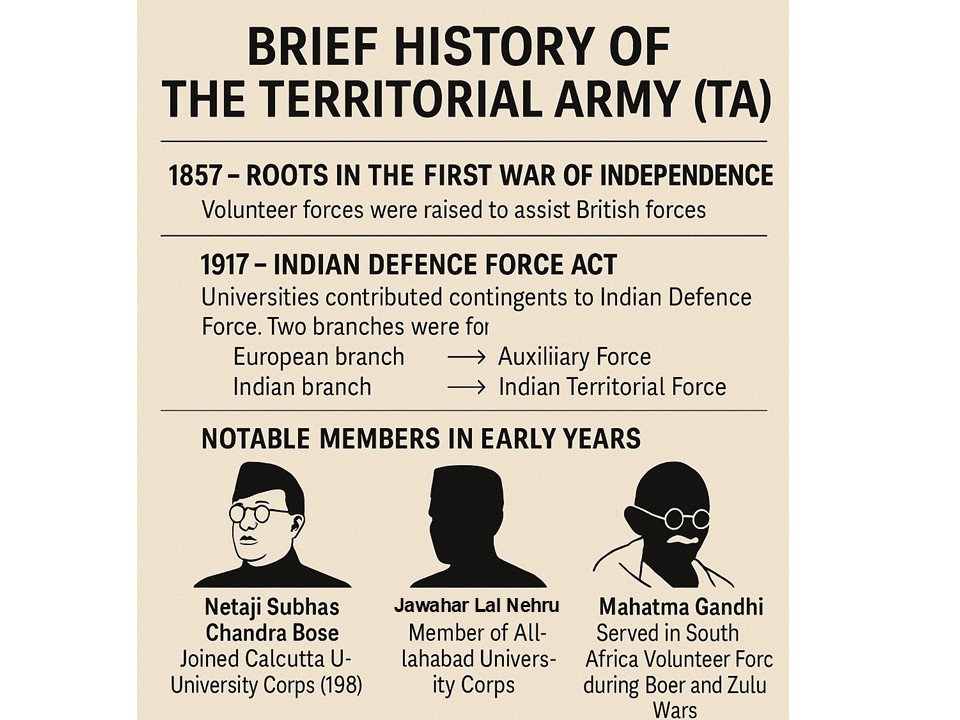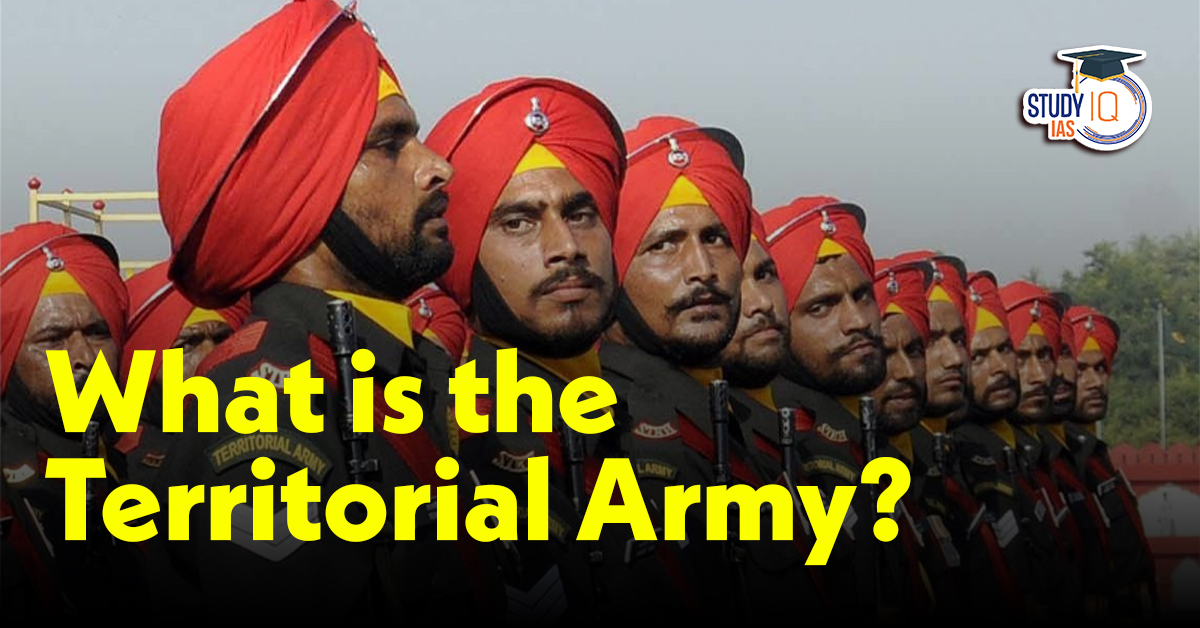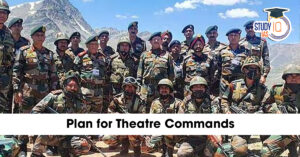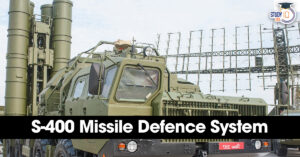Table of Contents
In light of escalating tensions between India and Pakistan, the Indian government has taken a significant step by empowering the Chief of the Army Staff to call upon the Territorial Army. The Territorial Army is a part of Regular Army and its current role is to free the Regular Army from static responsibilities and support Civil Administration in handling natural disasters and upkeep of vital services during times when life of the populace is endangered or security of the Country is threatened and to raise units for Regular Army as and when needed. Read this article to know all about the Territorial Army and their participation in wars.
Centre empowers Army Chief to call out officers, enrollees of Territorial Army
Central Government authorised the Chief of the Army Staff to call upon all officers and personnel of the Territorial Army to serve to provide for a necessary guard or to support and augment the regular army. The powers were entrusted to the Army Chief under the Territorial Army Rule 1948.
The Ministry of Defence incorporated in a gazette notification 14 Infantry Battalions out of the current 32 Infantry Battalions of the Territorial Army in the zones of Southern Command, Eastern Command, Western Command, Central Command, Northern Command, South Western Command, Andaman and Nicobar Command and Army Training Command (ARTRAC). This order is to continue to apply over the next three years until the 9th of February 2028.
What is the Territorial Army (TA)?
The Territorial Army (TA) in India, being a volunteer reserve force, acts as an important second line of defence to the regular Indian Army. Currently, the Territorial Army is drawing strength from about fifty thousand personnel, with 65% Departmental and Non-Departmental units, with a footprint across the length and breadth of the nation.
Territorial Army in India: History and Introduction
The Indian Territorial Army came from colonial voluntary forces, later regularised post-independence in 1949 as a pool of gainfully employed civilians as a reserve force for national security and critical services. It had initially mixed composition units, then reorganised in the direction of Infantry Battalions and Departmental Units and took part actively in large wars.
With time, its duties were augmented by ecological activities and specialised engineering companies, with increasing modernisation and female involvement. The recent equipping of the Army Chief with the authority to mobilise the TA reaffirms its ongoing role as an instantly available backup force in times of heightened national security threats.

Evolution of Territorial Army (TA) in India
The Territorial Army (TA) of India has come a long way since its official opening on October 9, 1949, by the first Indian Governor-General, C. Rajagopalachari. Its origins, however, go back even earlier.


 Theaterisation of the Indian Armed Force...
Theaterisation of the Indian Armed Force...
 Industrial Accidents in India: Reasons, ...
Industrial Accidents in India: Reasons, ...
 S-400 Missile Defence System, Features o...
S-400 Missile Defence System, Features o...

























